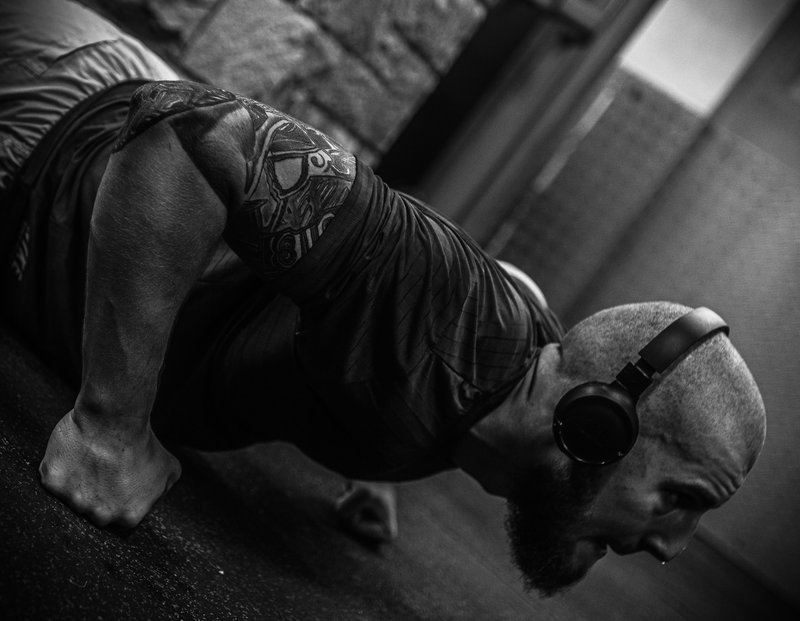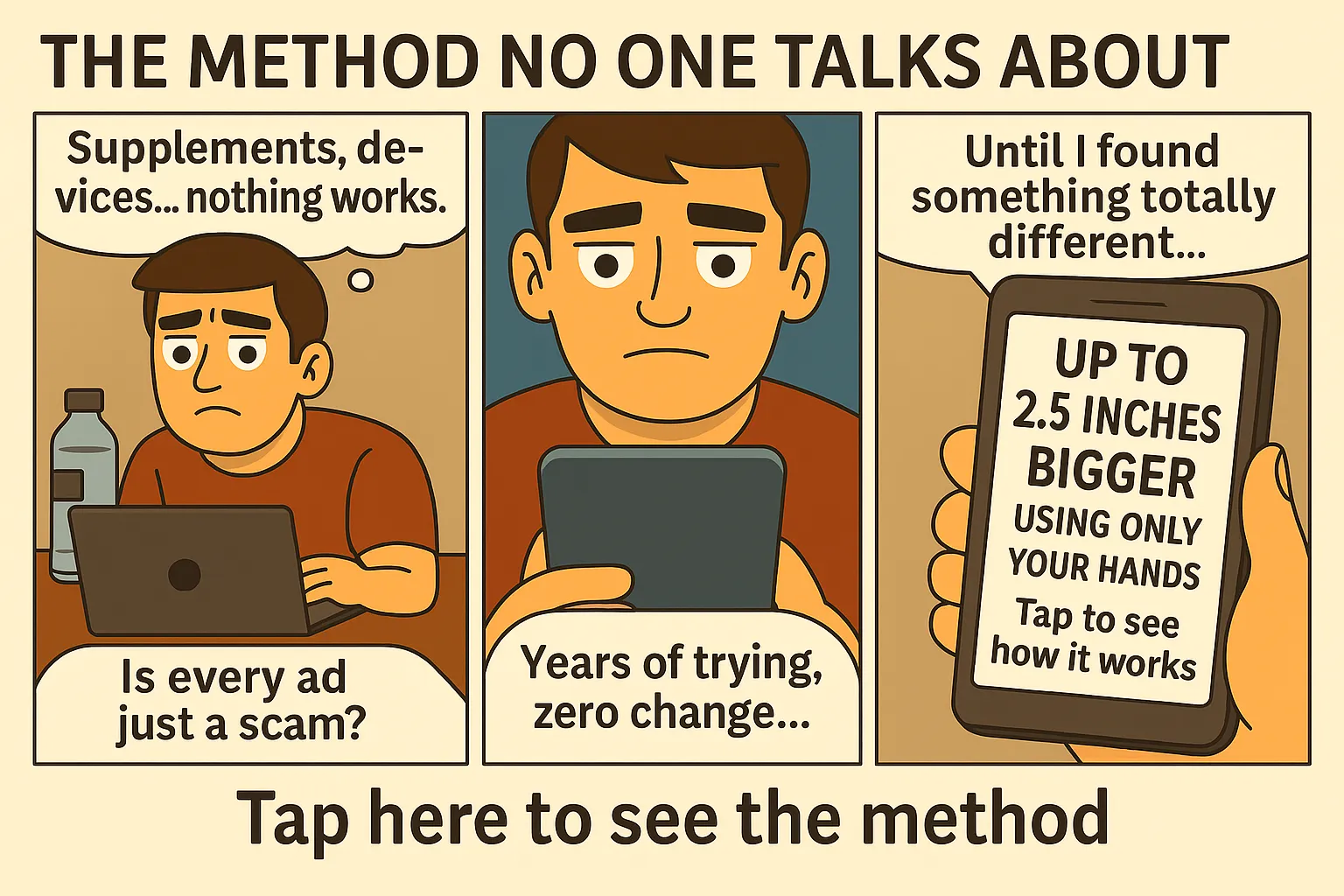Why Deep Rest Might Be the Missing Link in Your Testosterone Plateau 😴🔥
When it comes to boosting testosterone naturally, most men think of supplements or workouts. But one of the most powerful—and overlooked—factors is deep rest. Deep rest isn’t just about sleep; it’s about recovery at every level: physical, mental, hormonal. If you’re not resting deeply, you’re leaving testosterone on the table.
What Is Deep Rest?
Deep rest refers to the body’s ability to enter states of total repair. This includes deep sleep stages (especially slow-wave sleep), parasympathetic nervous system activation, and even deliberate practices like non-sleep deep rest (NSDR) protocols. These are the moments your brain, organs, and endocrine system perform critical maintenance—including testosterone synthesis.
Why Deep Rest Is Crucial for Testosterone
During deep sleep—particularly stages 3 and 4 of the sleep cycle—your body releases growth hormone and begins repairing tissue, balancing hormones, and producing testosterone. If you’re not getting enough deep rest, these cycles are cut short. The result? Low energy, poor libido, reduced strength, and sluggish recovery.
Symptoms of Inadequate Rest
- Waking up tired even after 7–8 hours of sleep
- Low sex drive or morning wood disappearing
- Increased stress, anxiety, or emotional volatility
- Inconsistent gym performance and slow recovery
If you’re seeing any of these, your testosterone may be suffering due to poor rest—not just low sleep hours, but low-quality sleep.
Optimizing Sleep Architecture for Hormones
Testosterone release is tightly linked to your sleep architecture. The most important window? The first 3 hours after you fall asleep. That’s when your body goes deepest into slow-wave sleep. Any interruptions—like late-night eating, blue light, alcohol, or stress—can blunt this phase and reduce testosterone release.
Learn how light exposure impacts your sleep-hormone cycle and how to fix it for better recovery.
How Cortisol Disrupts Deep Rest and Testosterone
Cortisol, the stress hormone, is testosterone’s direct rival. When cortisol is elevated—due to overwork, poor sleep, or emotional stress—it suppresses testosterone production. Deep rest is the body’s antidote. It activates the parasympathetic nervous system, calming stress responses and allowing testosterone to rise naturally.
Simple deep rest strategies like breathwork, grounding, and even naps can reduce cortisol and make your body more anabolic. Don’t underestimate the power of stillness when it comes to hormonal recovery.
The Science Behind Non-Sleep Deep Rest (NSDR)
NSDR techniques like Yoga Nidra and guided meditations induce brainwave states similar to deep sleep. These states help lower heart rate, reduce inflammation, and shift the body from fight-or-flight into a healing, testosterone-supportive state. Just 20 minutes of NSDR can accelerate recovery and improve sleep quality later that night.
Some high-performers stack NSDR sessions midday to combat burnout and reset their nervous system. It’s a secret weapon for sustainable energy and libido support.
Deep Rest Techniques That Maximize Testosterone
- Breathwork: Activates parasympathetic state and lowers cortisol
- Infrared sauna: Promotes detox and sleep readiness
- Cold exposure: Enhances recovery and sleep efficiency
- Grounding: Reduces inflammation and improves sleep onset
- Sleep syncing: Aligns circadian rhythm for optimal hormone timing
The Role of Evening Routines
Establishing a consistent wind-down routine is essential. This signals the body it’s time to prepare for deep rest. Dim the lights, avoid stimulating content, and focus on parasympathetic activation. Journaling, stretching, and binaural beats are effective tools to shift your body toward repair mode.
Stacking Strategies for Maximum Results
To get the most testosterone from your rest, combine multiple strategies. For example: after a stressful day, take a 10-minute walk at sunset (light + grounding), follow it with 5 minutes of breathwork, and do a Yoga Nidra track before sleep. Layering these habits compounds the hormonal benefit.
Also check how deep breathing supports male libido and recovery—another powerful practice to enhance hormonal health naturally.
Why Sleep Quality Trumps Sleep Quantity
Not all sleep is equal. You can sleep 8 hours and still wake up drained if your body never reaches deep sleep stages. Factors like caffeine, EMF exposure, screen time, and late-night eating disrupt sleep architecture, robbing your brain of the conditions it needs for testosterone release.
Deep rest means uninterrupted, high-quality sleep. Track your deep sleep using a wearable or app. You’re aiming for 90–120 minutes of slow-wave sleep per night. That’s where testosterone and growth hormone are made.
How Temperature Impacts Deep Sleep and Hormones
Temperature regulation is vital for deep sleep. Your core body temperature needs to drop slightly at night to enter deep sleep. If your bedroom is too warm, testosterone production takes a hit. The optimal temperature for restorative sleep? Between 16°C and 19°C (60–67°F).
We dive deeper into this link in our article on temperature and testosterone.
Creating a Deep Rest Sleep Environment
- Block noise: Use earplugs or white noise machines
- Remove blue light: Red light bulbs or amber filters
- Keep it dark: Blackout curtains are non-negotiable
- Go tech-free: No phones or screens in bed
Make your bedroom a recovery cave. Your testosterone levels depend on it.
The Testosterone Benefits of Rest-Based Living
Modern life rewards hustle and glorifies burnout. But biologically, testosterone thrives in the opposite conditions—peace, recovery, and safety. By embracing a rest-first lifestyle, you create a foundation where your endocrine system can function optimally. Energy, libido, focus—all flow from that hormonal base.
One Deep Rest Protocol That Changes Everything
Here’s a powerful evening reset you can implement immediately:
- Shut off all screens 1 hour before bed
- Take a warm shower (drops core body temperature post-exit)
- Spend 10 minutes in breathwork or meditation
- Use a sleep mask and keep the room cool and quiet
Try this for 7 nights. You’ll feel the difference in morning wood, energy, and focus.
Sleep Types and Their Testosterone Impact
| Sleep Type | Testosterone Impact | Notes |
|---|---|---|
| REM Sleep 🧠 | Moderate | Supports mental restoration, light hormonal effect |
| Slow-Wave Sleep 🛌 | High | Main testosterone release phase |
| Fragmented Sleep 😵 | Negative | Interrupts hormone cycles and lowers T |
| Non-Sleep Deep Rest (NSDR) 🧘 | Supportive | Boosts recovery and parasympathetic tone |
Final Thoughts
Testosterone is not just built in the gym—it’s restored during deep rest. Respect your body’s need for repair, and you’ll unlock a level of vitality most men never access. Deep rest is the key to long-term, drug-free hormonal health.
Want to fast-track your transformation? Access the full natural enhancement system here.
What Science Says About Rest and Testosterone
Multiple studies confirm the relationship between deep sleep and testosterone. One clinical trial showed men who slept only 5 hours a night experienced a 10–15% drop in testosterone after just one week. Another revealed that testosterone is released in pulses during deep sleep, particularly in the early stages of the night.
These findings underscore a powerful truth: better sleep equals better hormones. No supplement can match the effectiveness of high-quality rest.
Morning Indicators of Hormonal Recovery
Wondering if your deep rest strategies are working? These signs suggest your testosterone is climbing:
- Consistent morning erections
- Sharper focus and mental clarity
- Faster muscle recovery
- Higher motivation and mood
If you’re not experiencing these yet, double down on rest before chasing complex protocols. The basics always win.
Travel, Overtraining, and Sleep Debt
Frequent travelers and hard-training athletes often accumulate sleep debt, sabotaging their testosterone without realizing it. If you’re hitting the gym hard or crossing time zones, rest harder. Use naps, NSDR, and consistent sleep windows to mitigate hormonal fallout.
Real-Life Case: The Burned-Out Executive
One client—a 38-year-old executive—had all the signs of low testosterone: no libido, chronic fatigue, poor gym performance. He slept 6 hours per night and worked 12-hour days. We implemented 3 changes: early morning sunlight, NSDR at lunch, and a strict 10 PM lights-out rule. Within 3 weeks, his energy, sleep, and sex drive rebounded—without a single supplement.
Final Checklist: Deep Rest Testosterone Routine
- Sleep 7.5–9 hours in total darkness and silence
- Use NSDR or breathwork daily to calm the nervous system
- Block blue light 90 minutes before bed
- Keep your bedroom cool (16–19°C)
- Avoid caffeine after 2 PM and heavy meals at night
Still Tired? Check Your Hormone Balance
If you’re following all the deep rest strategies and still feel off, your hormones might be imbalanced. Learn the signs of healthy hormones and how to identify subtle problems before they become chronic.
The Evolutionary Role of Rest in Male Vitality
Thousands of years ago, rest wasn’t optional—it was survival. After hunting or defending territory, early men entered long periods of deep rest to recover strength. Testosterone thrived in this rhythm of intensity followed by recovery. Modern men have intensity without the rest, creating a chronic deficit that drains hormonal power.
To reclaim your primal edge, you must mimic this pattern. Train hard, then rest deliberately. Disconnect from stimulation. Honor your biology. This is the foundation of masculine restoration.
Final Insight
If you feel stuck with low energy, poor libido, or plateaued gains—look at your rest. It’s the master key. Deep rest testosterone strategies aren’t glamorous, but they work. They rebuild you from the inside out.
Stay Consistent for Long-Term Hormonal Mastery
Deep rest is not a one-night fix—it’s a long-game protocol. Just like building muscle, optimizing testosterone through recovery requires consistency. Stack your strategies, track your results, and stay committed. In time, your body will reward you with vitality, confidence, and powerful hormonal momentum.
Deep Rest Is the Foundation
Before you chase complex hacks, optimize your rest. It’s the foundation of testosterone. Every other strategy becomes more effective once your body is fully recovered and hormonally aligned.
FAQs About Deep Rest and Testosterone
Is deep rest better than more hours of sleep?
Yes. Deep rest targets the hormonal core of sleep. 6.5 hours of high-quality deep sleep outperforms 9 hours of fragmented rest for testosterone production.
What’s the fastest way to enter deep rest?
Combine breathwork, darkness, and silence. Use NSDR, cool your bedroom, and block blue light for accelerated entry into slow-wave sleep cycles.









